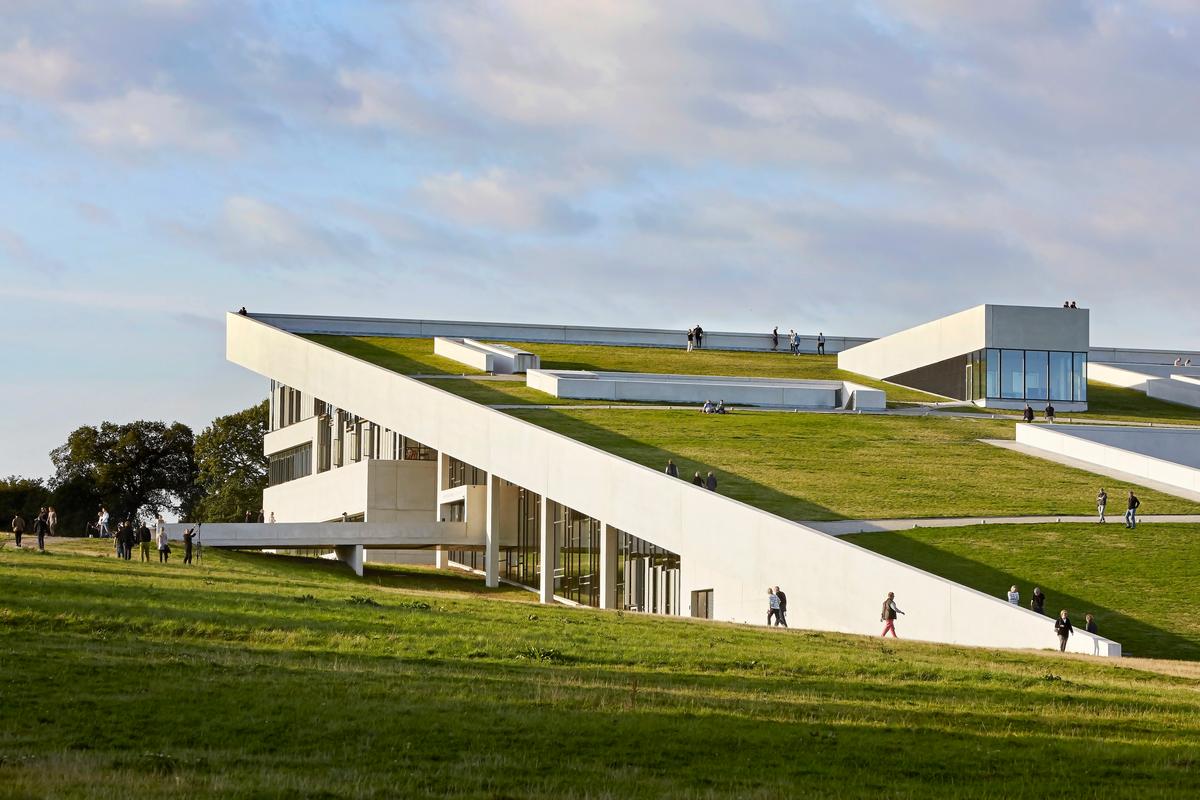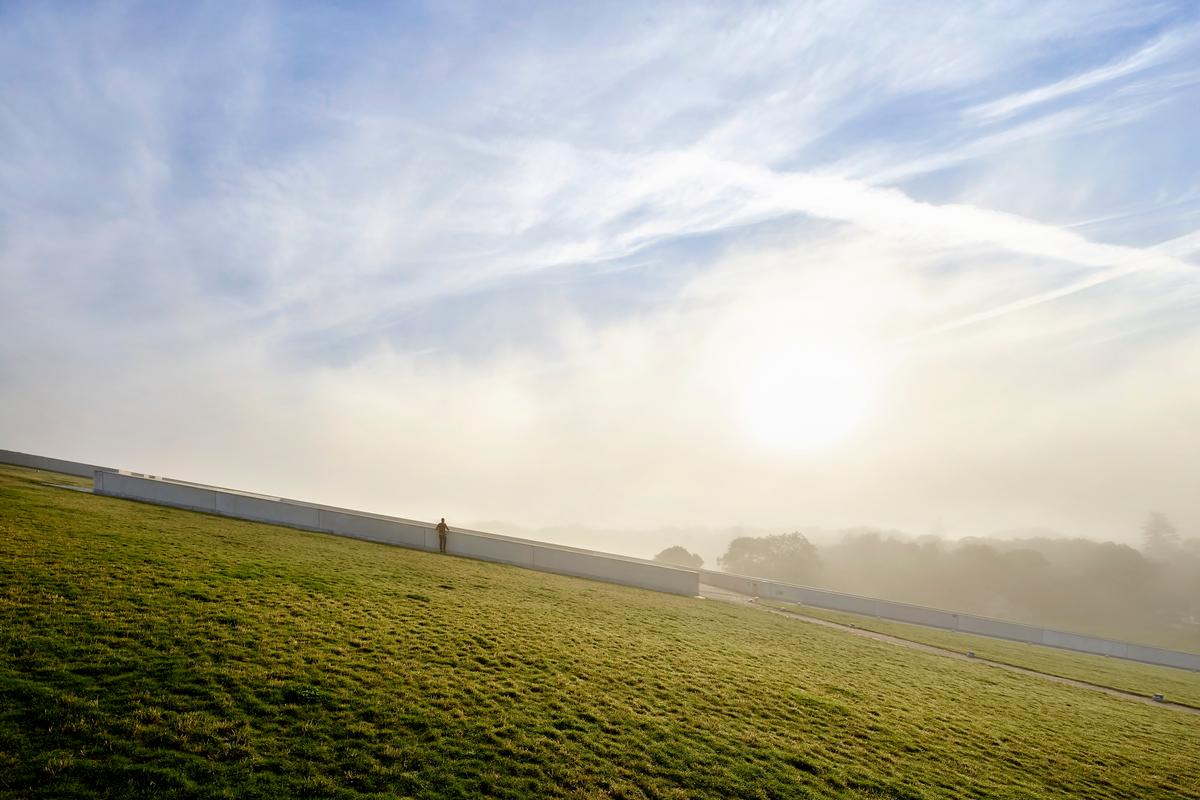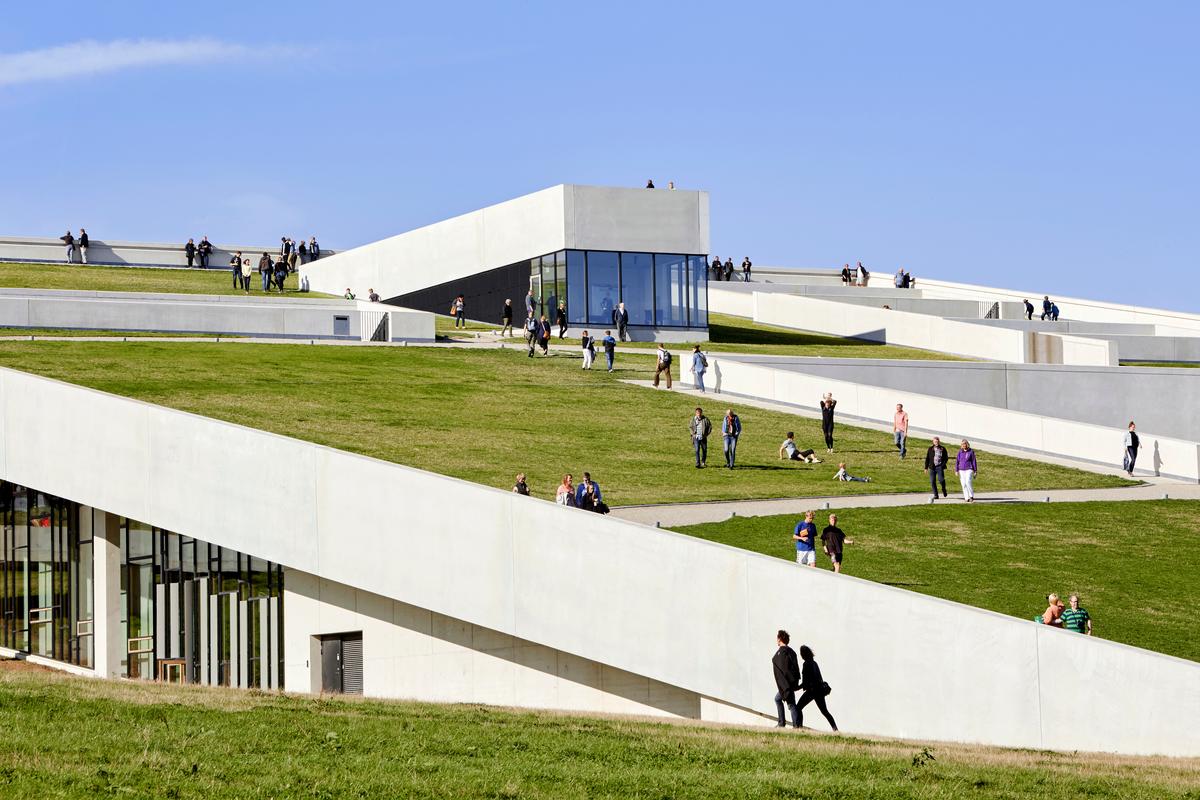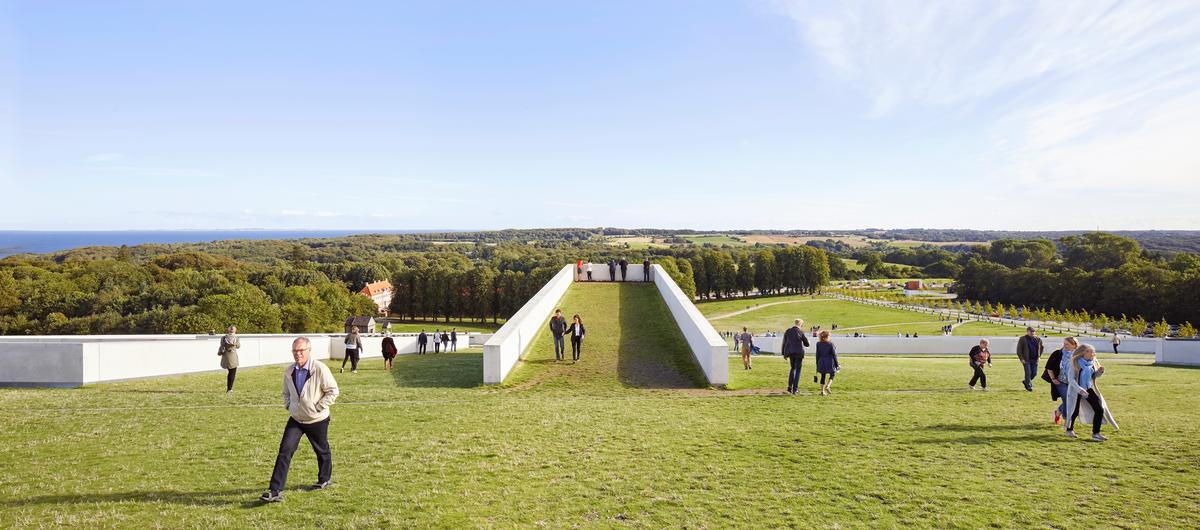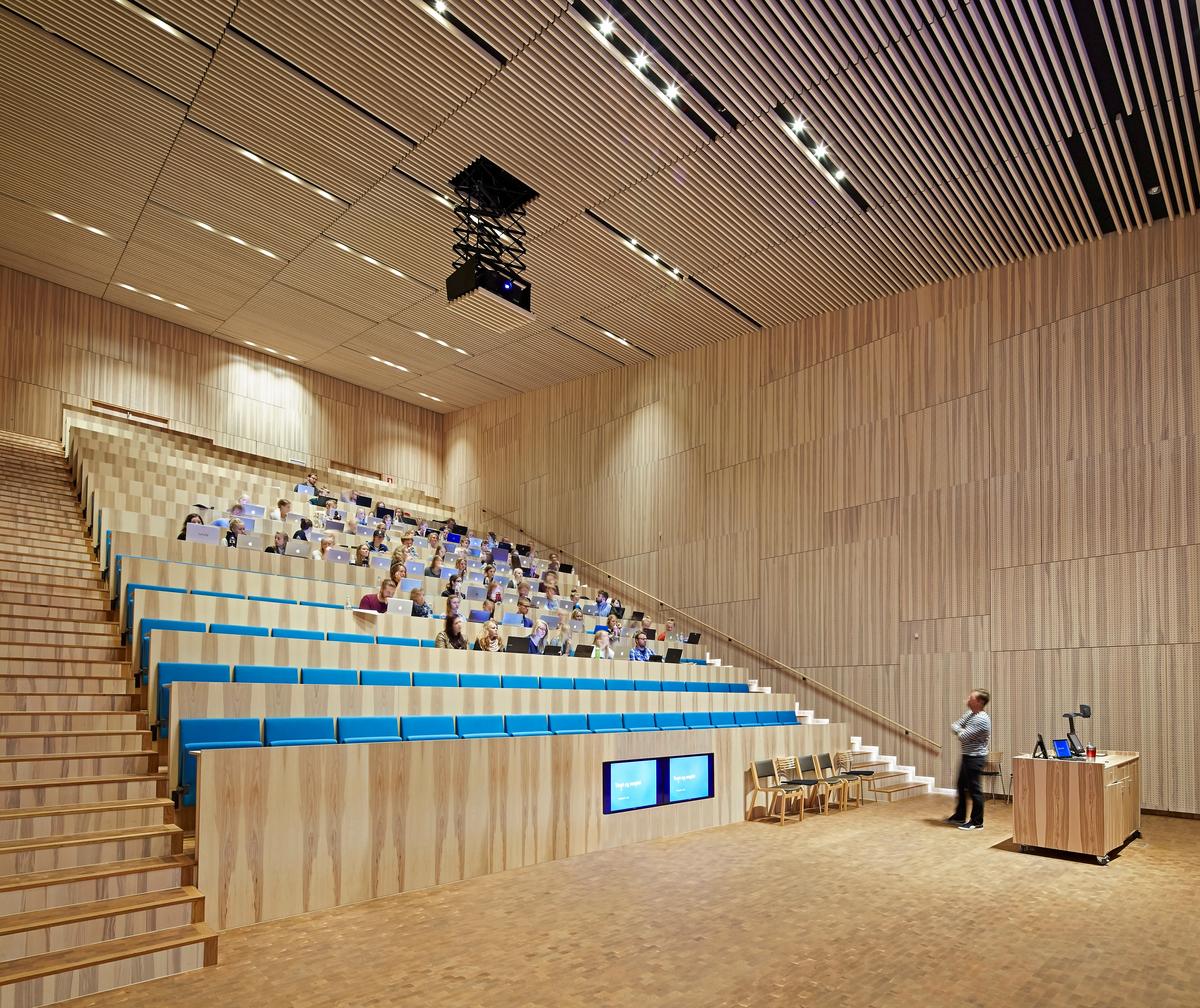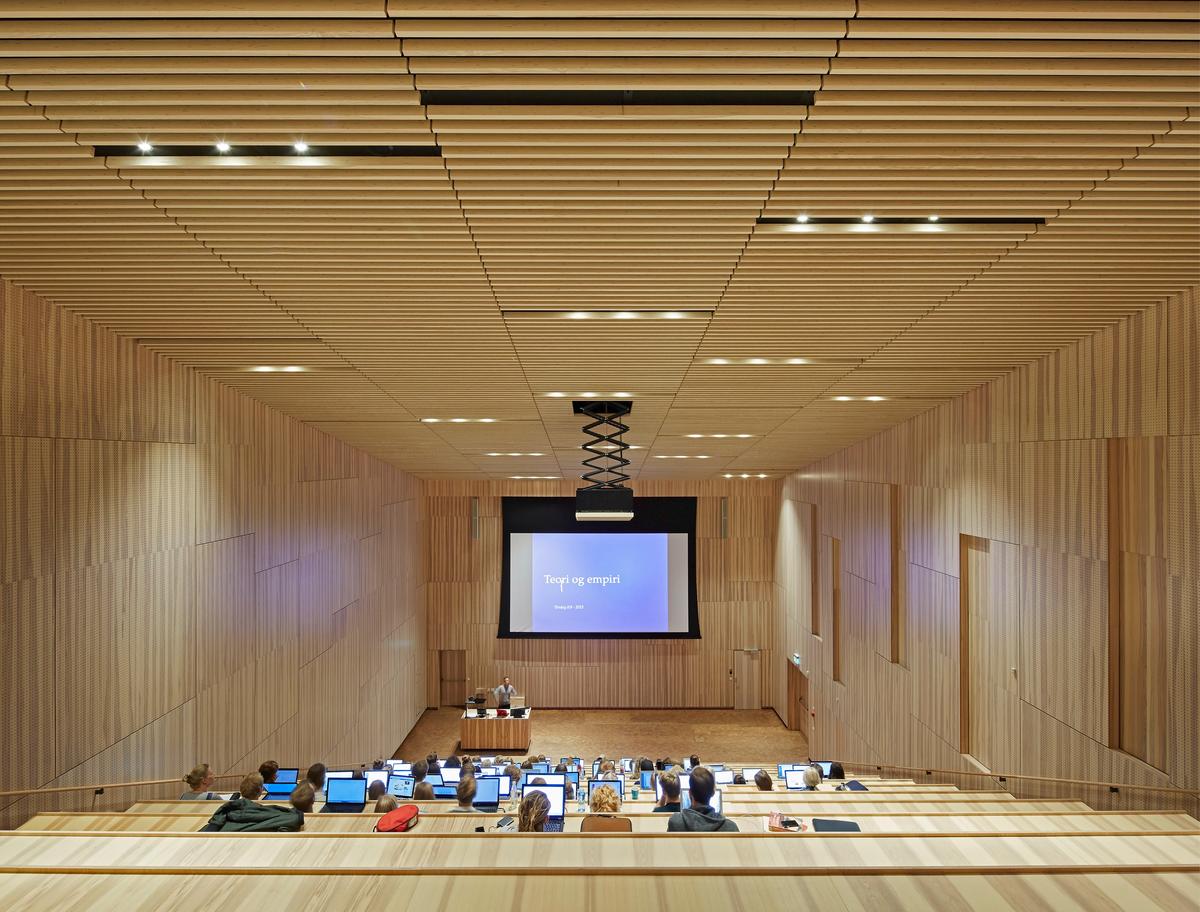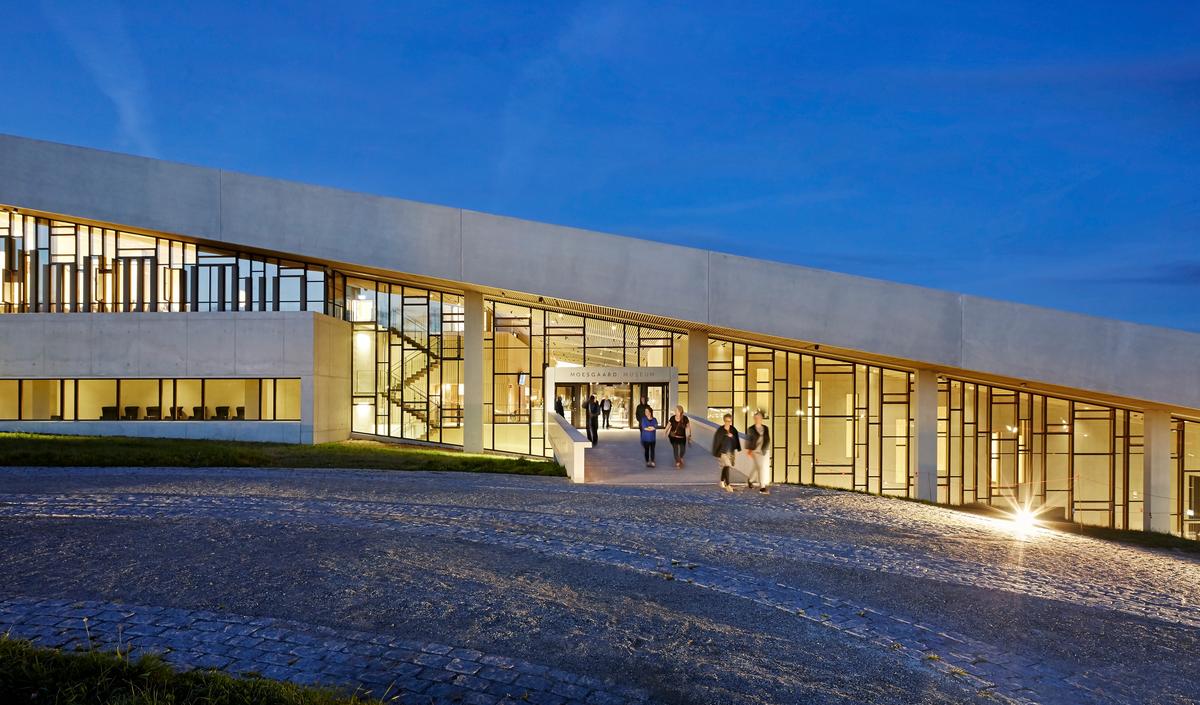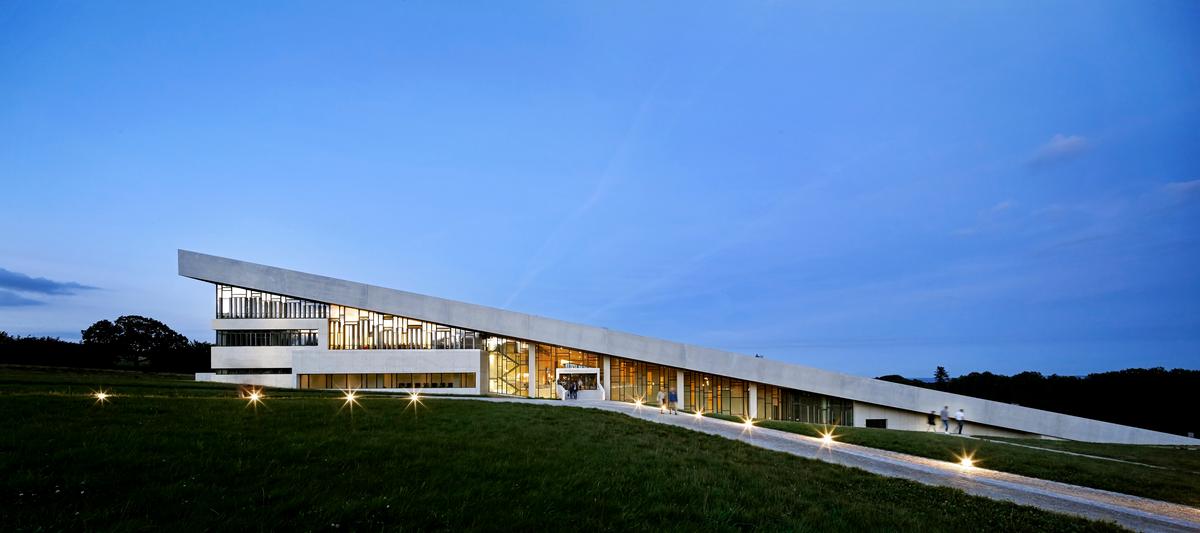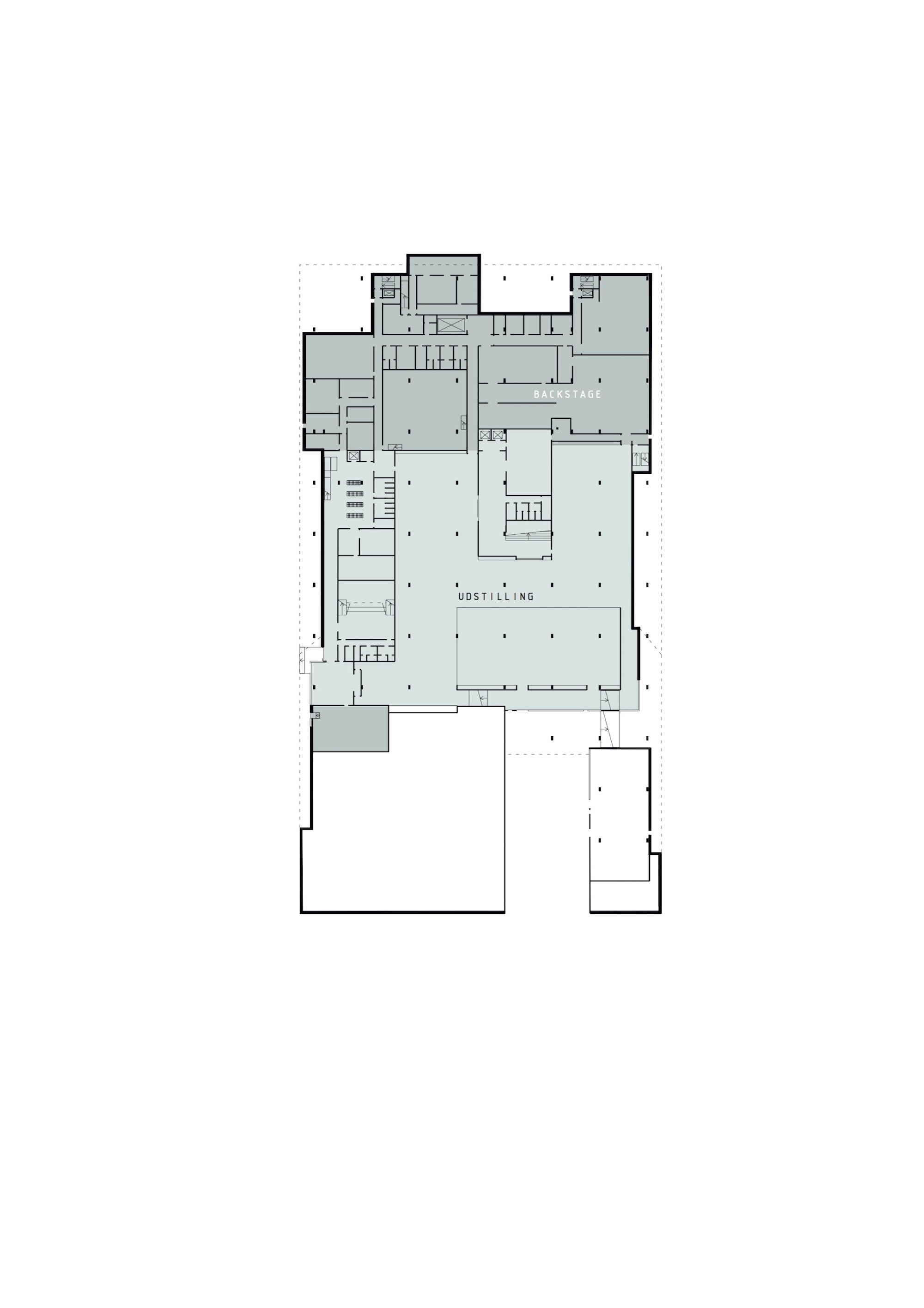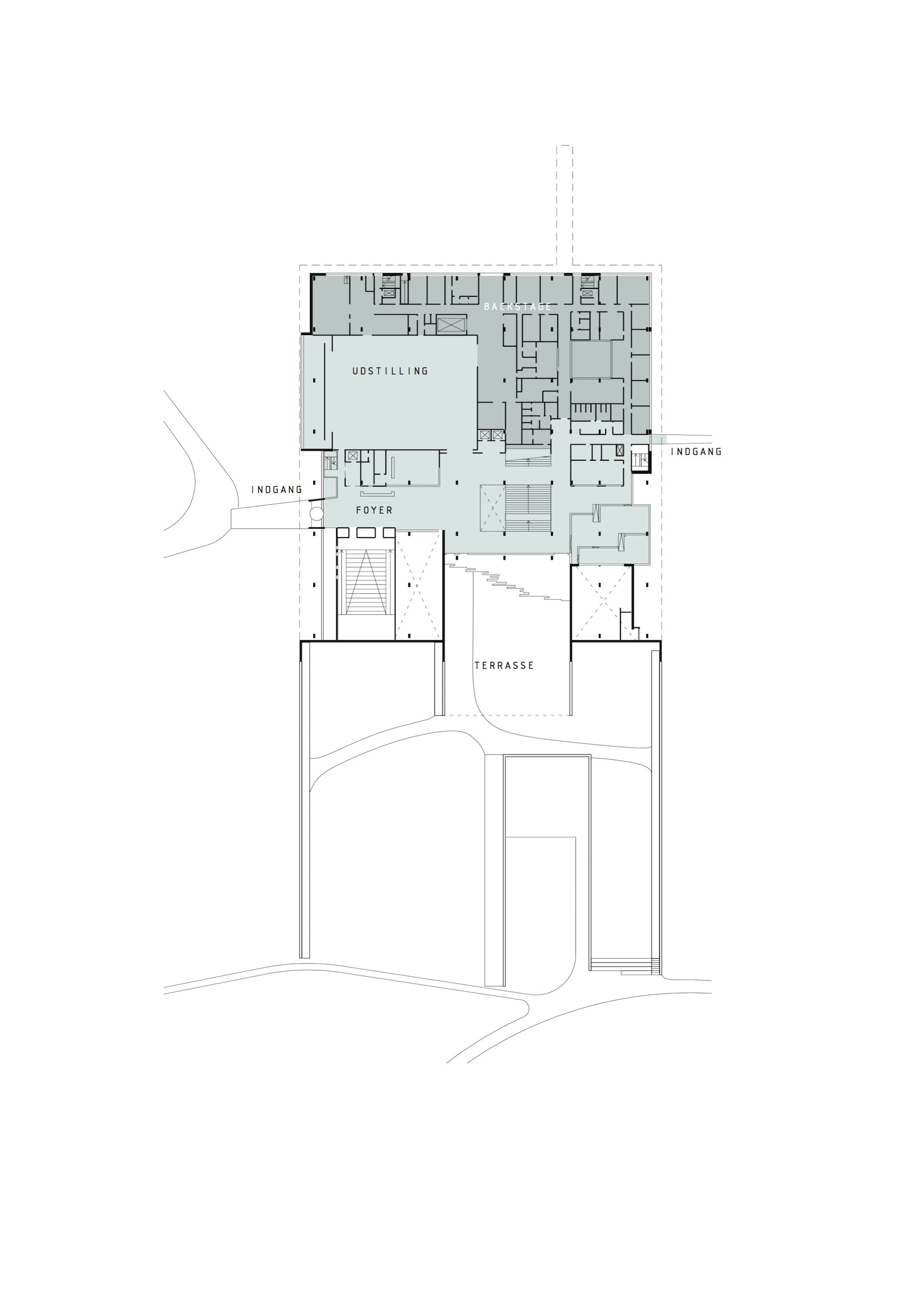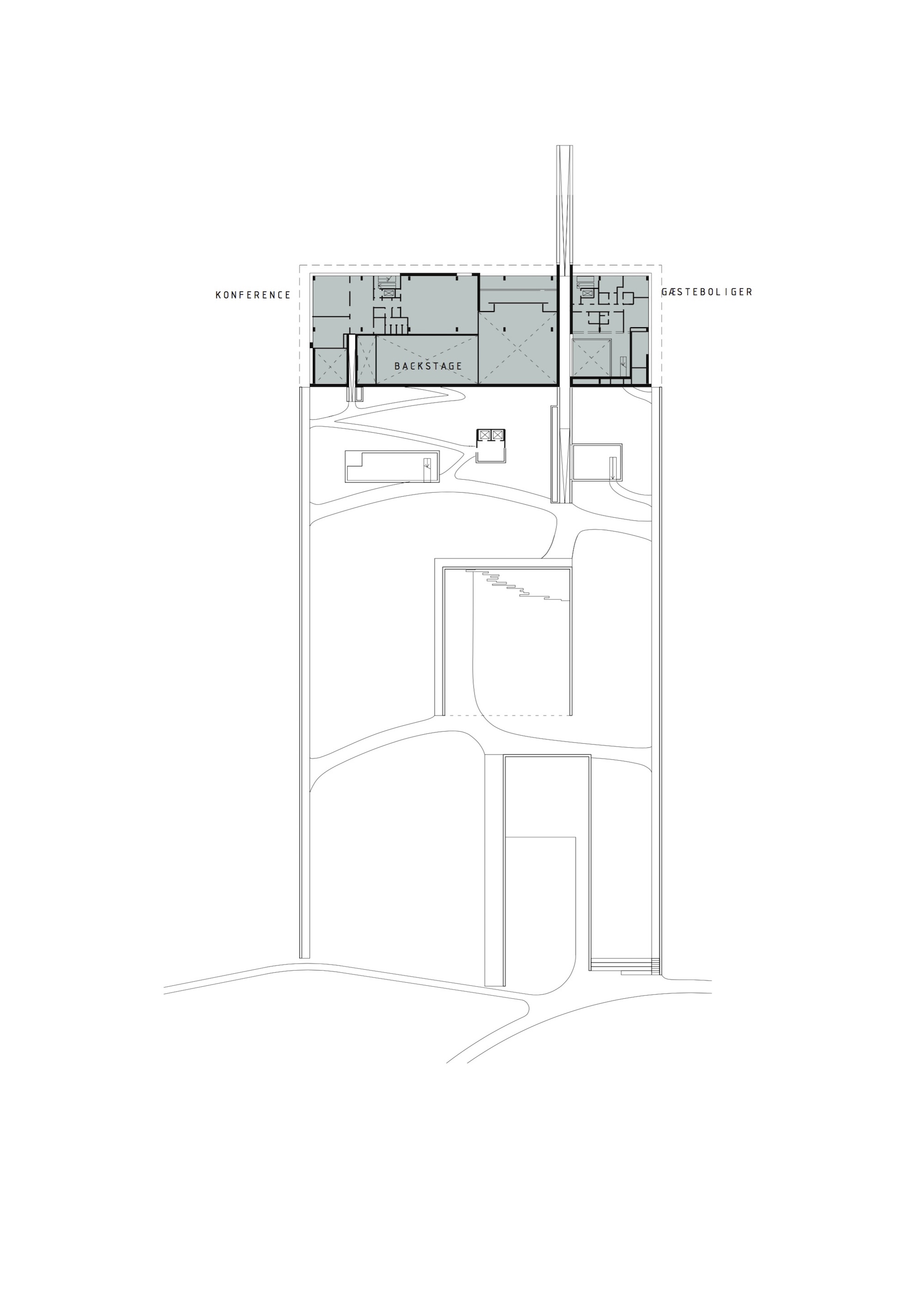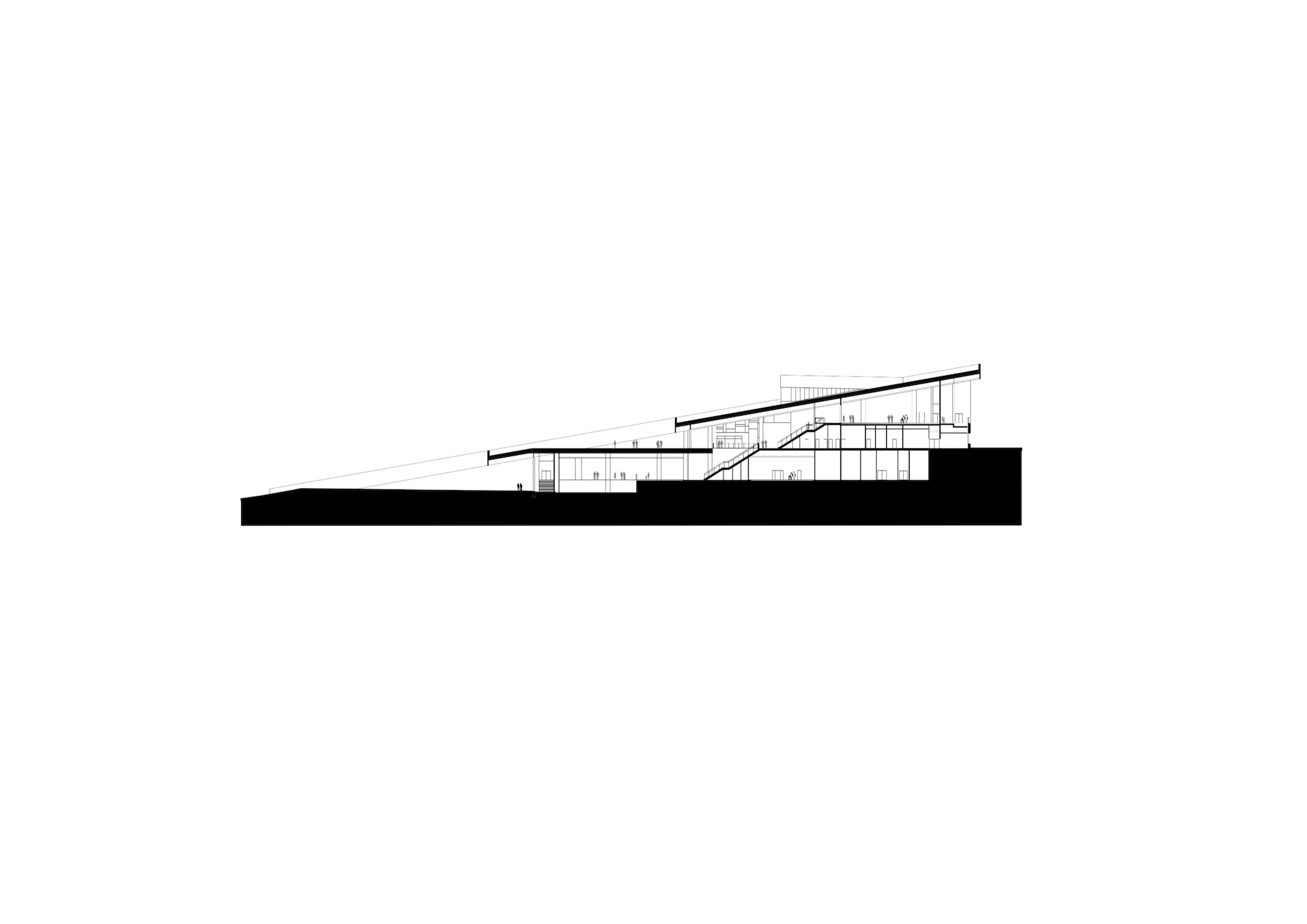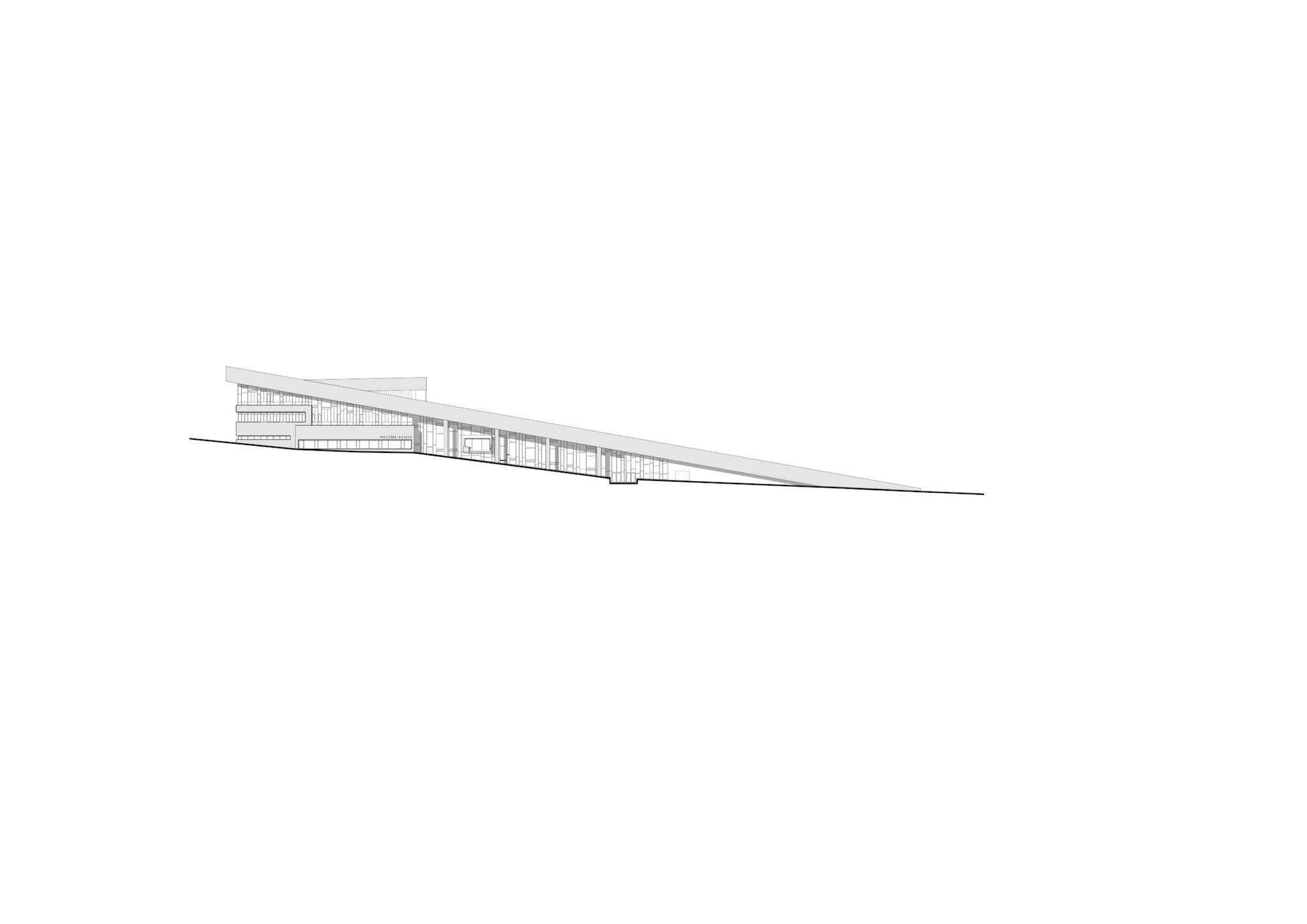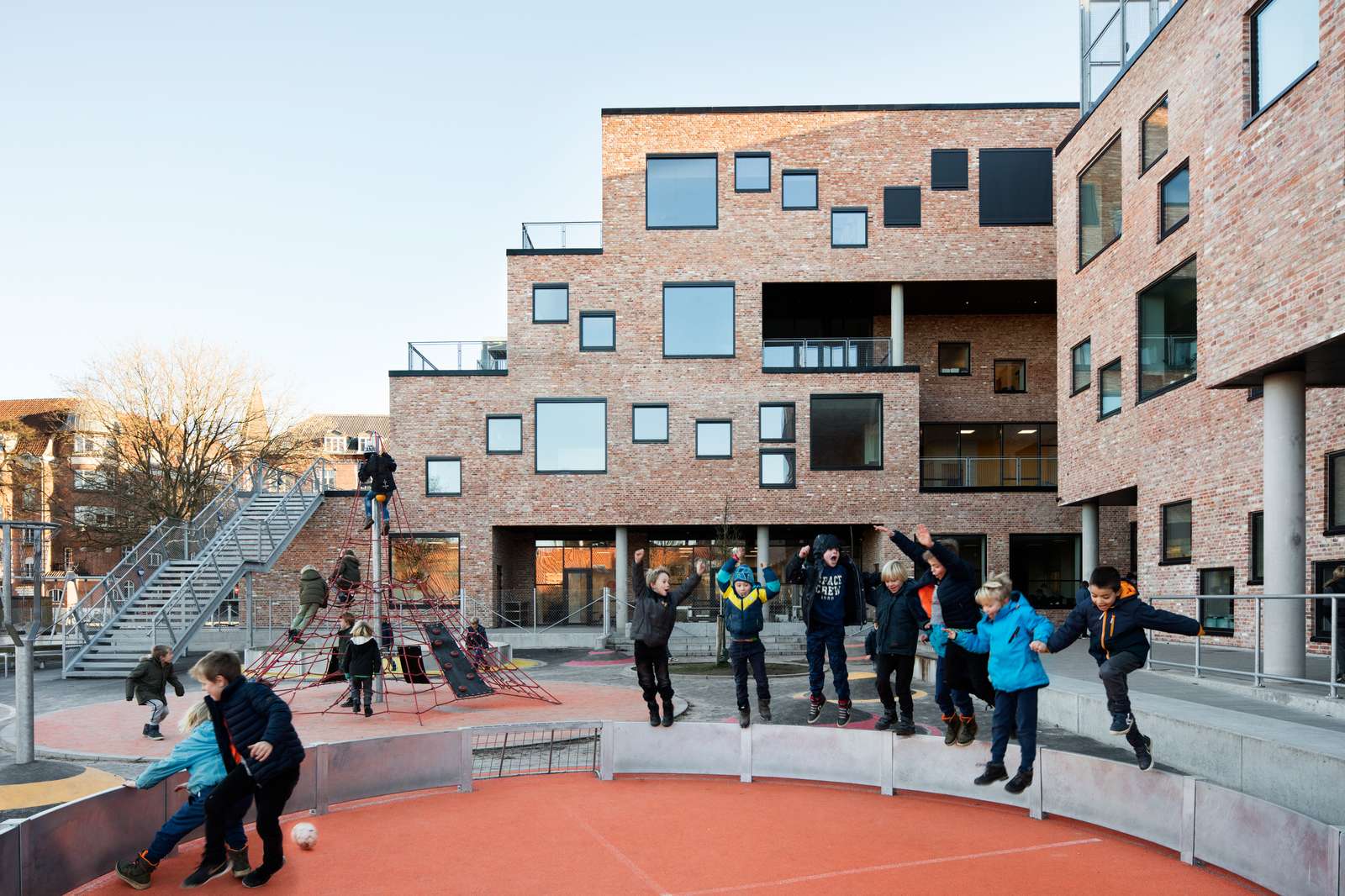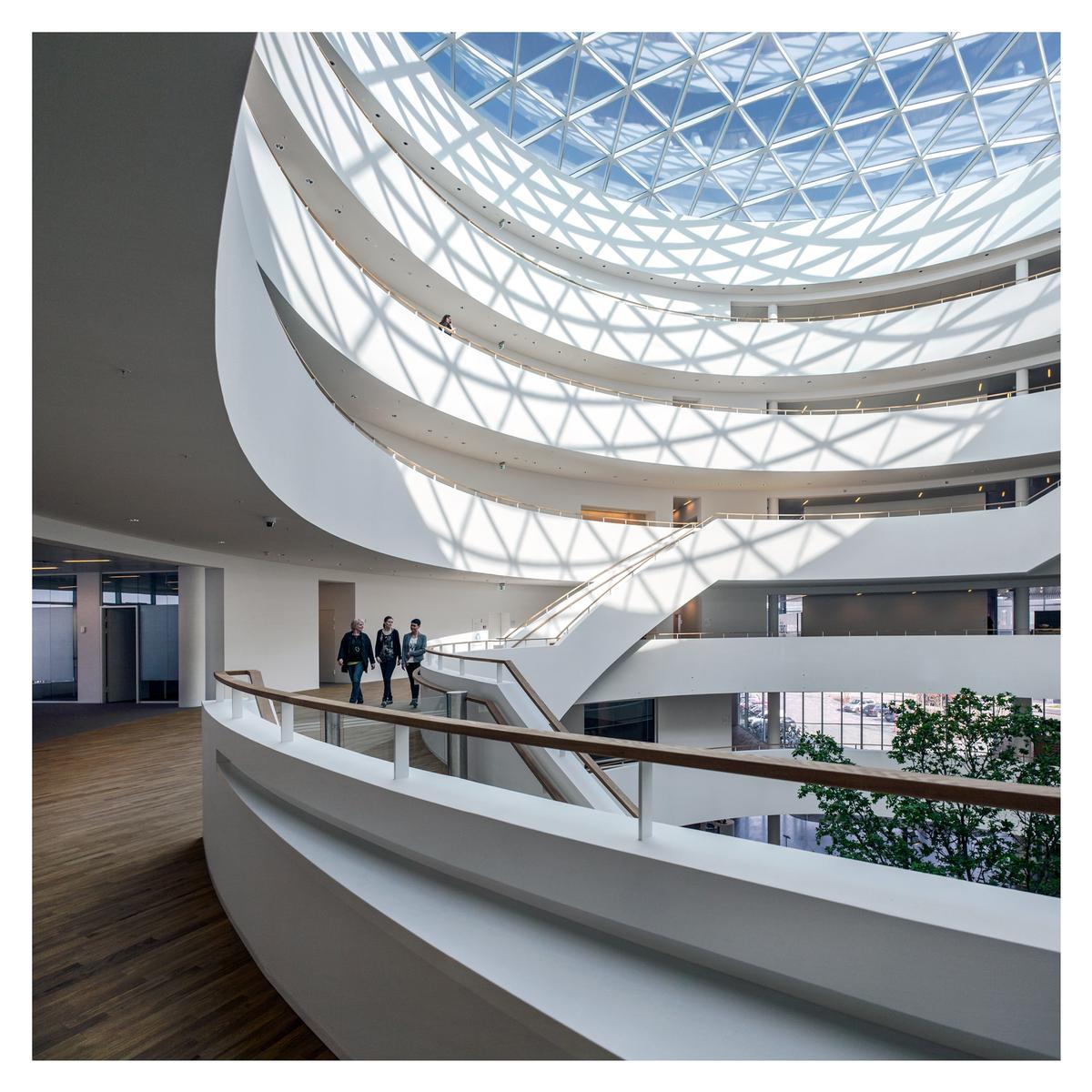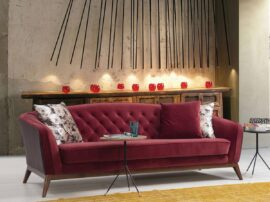In the permanent exhibition, the visitors are invited to an eventful journey to Aarhus in the Viking age and out into the world with some of the most prominent, local personalities from that era.
Everything in the exhibition is new. Burial mounds and districts of towns, faces and people have been reconstructed and built for the new museum. The exhibition is the biggest in the museum and with a floor-to-ceiling hight of 12 meters it is possible to communicate the impressive collection of Moesgård on several levels. Thus the exhibition reflects the archaeological excavations which gradually unearth the layers of the history.
The special exhibit is placed in direct connection with the commodities court, which must be supervised 24 hours a-day as soon as the exhibit opens. High standards for logistics, safety and climate control is the be-all and end-all in order for the museum to attract large, international exhibitions like “The first Emperor – China’s Terracotta Army”, which will be on display at Moesgaard next summer. The new museum will be the first of its kind in Denmark to accommodate exhibitions of that caliber.
The exhibition hall can furthermore be utilized for many other purposes such as conferences, fairs, and fashion shows.
The overall sustainable strategy has been integrated in the architectural design. Fundamental elements such as the building’s geometry and orien- tation have been considered in order to maximize every square meter. The south-facing roof surface (roof facade) forms the calculated basis for an energy-efficient building, which achieves Energy Class 1 status.
The green roof of the museum contributes to decreasing the energy con- sumption of the building. The roof reduces the overall need for cooling due to decreased heat absorption. Furthermore, the overall amount of wastewater draining from the site is reduced.
The roof slopes downwards to the south, protecting the objects on display from direct sunlight. Connected to each exhibition room, a glass-enclosed area functions as a break room — allowing visitors to enter, but preventing direct sunlight from reaching the objects on display. In these spaces, visi- tors can have a bright respite from the dark of the exhibition spaces and reorient to nature and sunlight.
The materials of the building harmonise with the overall expression of the building and at the same time consider acoustics, economy, technical set- tings, maintenance, durability, colour options and sustainability.
Location: Aarhus, Denmark
Client: Moesgaard Museum
Gross floor area: 16,000 m2
Year of construction: 2010 – 2013
Type of assignment: First prize in invited competition Landscape architect: Kristine Jensens Tegnestue Engineer: Cowi
Client adviser: D-K2
Contractors: MT Højgaard og Lindpro
Photographer: Hufton+Crow

